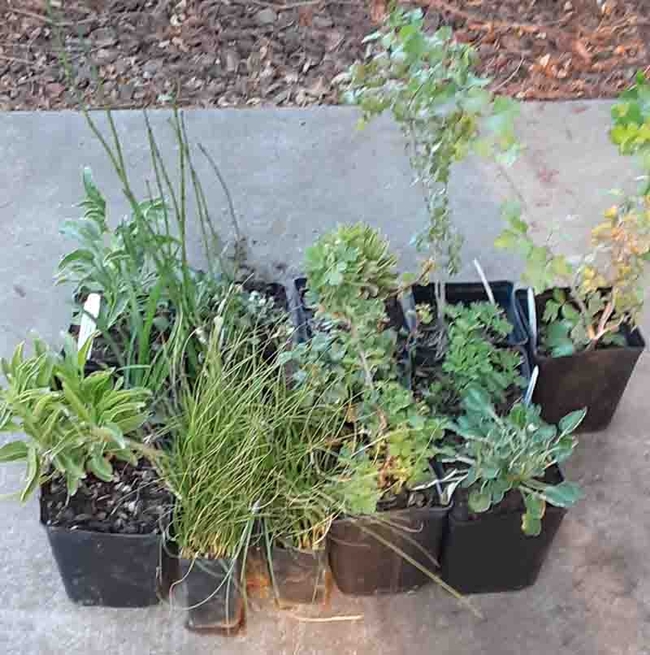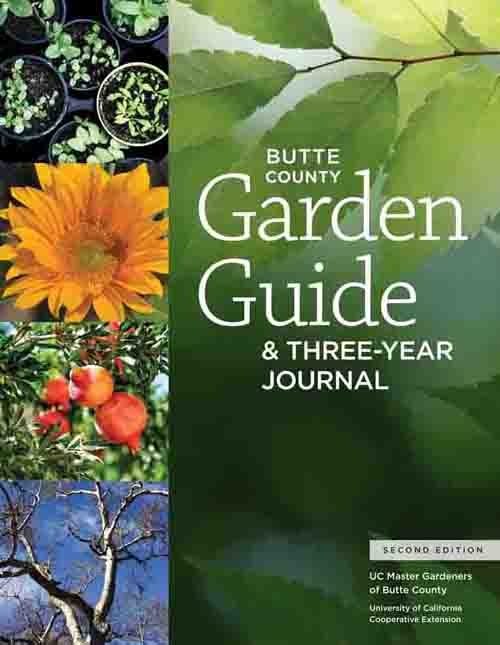While it's certainly possible to start California native perennials, shrubs and trees from seed, most people buy plants that are growing in pots to transplant to the yard.

Most natives are adapted to well-drained soils with little nitrogen. In fact, some natives cannot tolerate nitrogen-rich soils. Generally, no amendments are necessary except to improve drainage. If your soil is very heavy, choose natives that are adapted to clay soils or dig in some ordinary topsoil to form mounded areas that will drain better. Otherwise, no organic materials or fertilizers are necessary. Organic amendments like compost may be necessary if you are planting in a new development where the topsoil has been removed by grading.
Unfortunately, native plants are just as susceptible as non-native ornamentals to damage from pocket gophers. If you have gophers in your yard, consider planting in wire baskets that protect the roots until your plant is established.
Dig a planting hole that's twice the diameter and the same depth as the pot. Carefully remove the plant from the pot, keeping the root ball intact. Many natives have delicate roots. Avoid disturbing them except to straighten out encircling roots. Gently tease out any matted root fibers on the bottom and sides of the plant. Add water to the hole and let it drain. Set the plant in the hole to check for depth, and add or remove soil as necessary. Set the plant back in the hole and fill with native soil, carefully pressing the soil with your hands to remove air pockets. Add more water when the hole is about half filled and then add more soil to the top. Firm the top with your hands. Make sure the crown of the plant is about one-quarter of an inch above the ground and that the ground slopes slightly away from the plant. Rain should drain away from the plant and not collect around the crown, because if water pooling around the crown may cause the plant to rot. Water the plant thoroughly, making sure the root ball is moist.
Mulching the planted area will help retain moisture and suppress weeds. Add 2-3 inches of mulch, keeping it 6 inches away from the base of the plant. If you're using organic mulch, it will need to be renewed as it breaks down.
Paying careful attention to the planting process will give your native plants a good start.

UC Master Gardeners of Butte County are part of the University of California Cooperative Extension (UCCE) system. To learn more about us and our upcoming events, and for help with gardening in our area visit our website. If you have a gardening question or problem, email the Hotline at mgbutte@ucanr.edu or leave a phone message on our Hotline at 530-552-5812. To speak to a Master Gardener about a gardening issue, or to drop by the MG office during Hotline hours, see the most current information on our Ask Us section of our website.